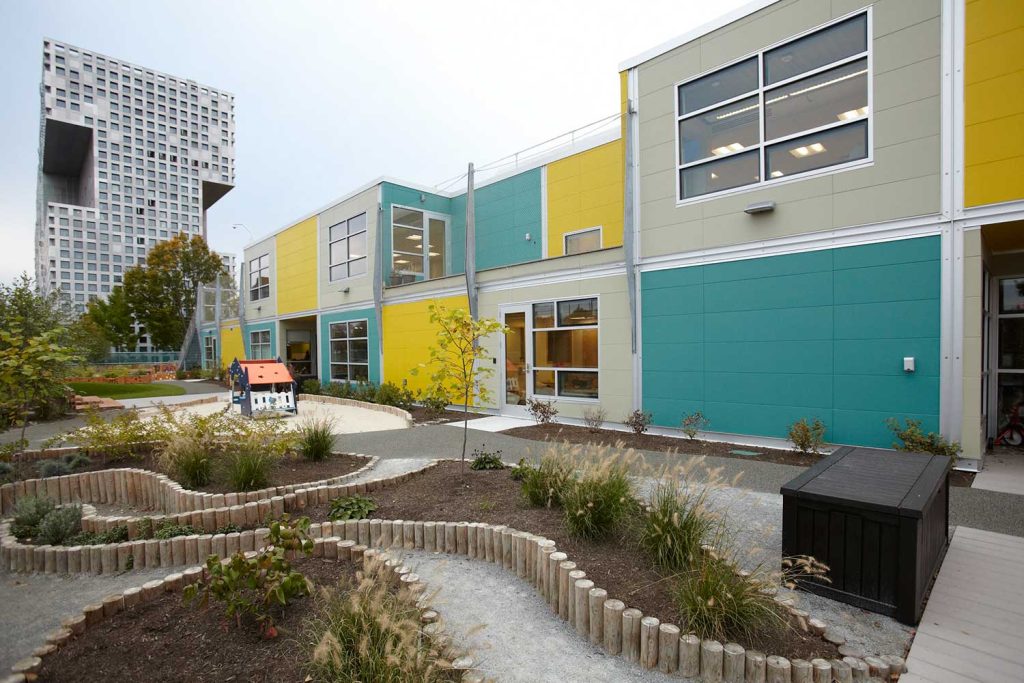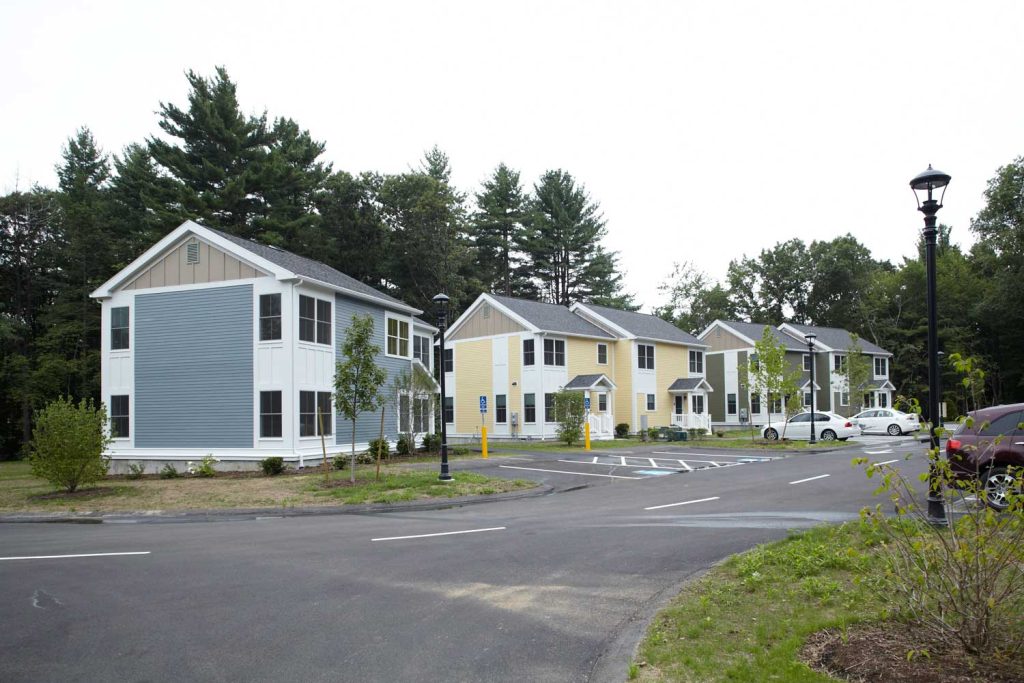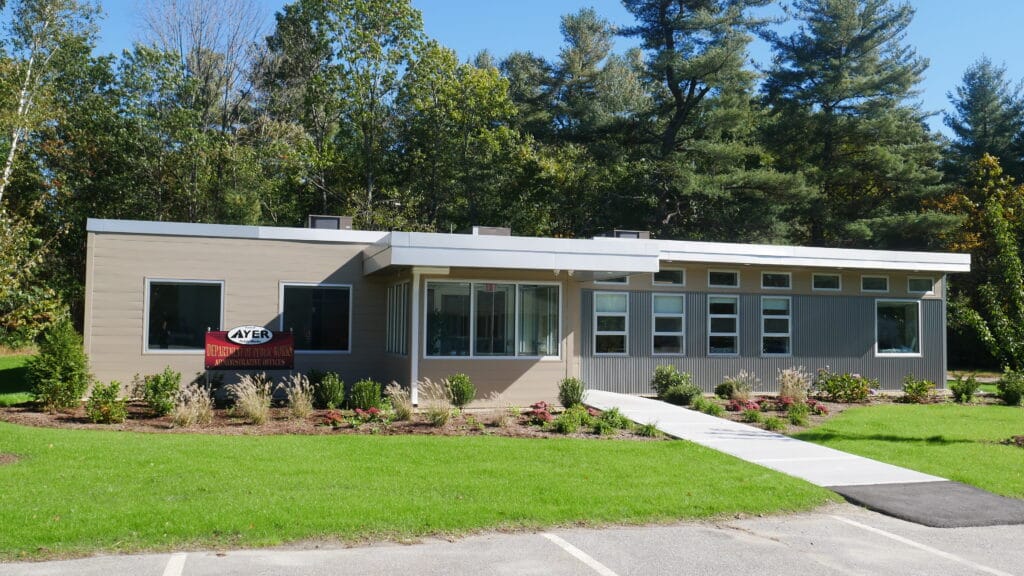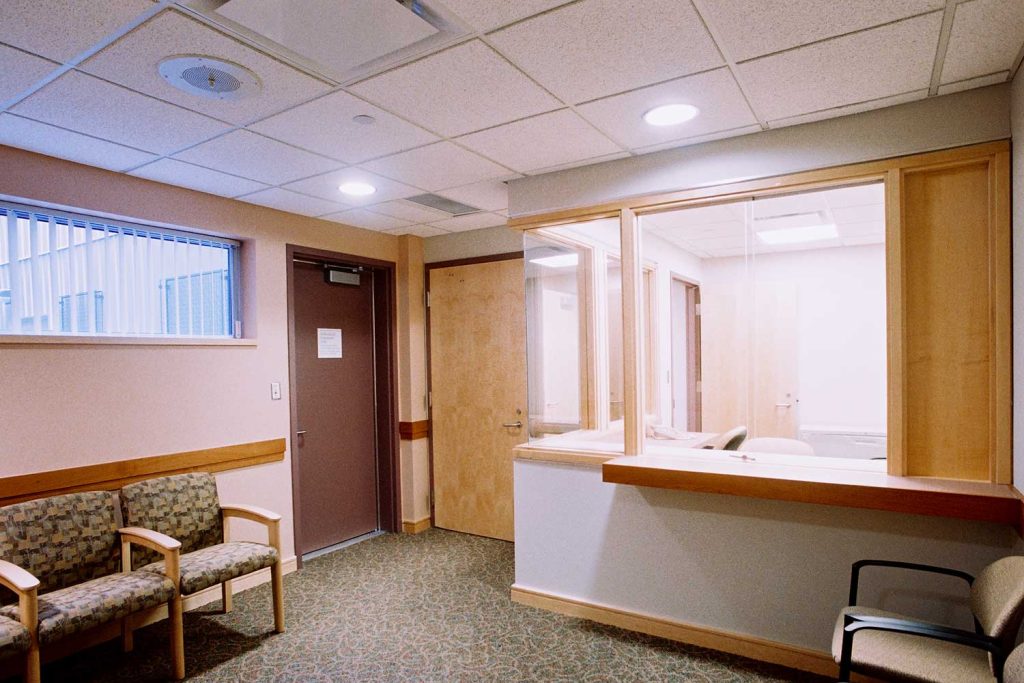Permanent Modular Construction
Permanent modular construction is an alternative construction method that largely takes place off-site instead of on-site. Sometimes called “Off-Site” construction, we build “Volumetric” building blocks to near completion with flooring, walls, ceilings, lighting, and systems. We manufacture everything indoors under controlled conditions and transport it to the site once completed. Modular buildings can be single or multi-story, steel and/or concrete structures with nearly limitless customization options.
Why Permanent Modular?
Modular construction offers several advantages over traditional construction methods, including:
Cost Predictability – It’s ideal to know how much you’re going to spend before you commit to a project. With standardized building processes and a controlled environment for construction, modular construction provides far better cost predictability, barring any sudden changes to the build.
Speed to Occupancy – For new owners looking to use their new space as soon as possible, modular construction is ideal. Buildings are constructed off-site, meaning that foundation work can begin on-site at the same time. This makes modular construction about 50% faster than traditional construction on average.
Environmental Impact – Traditional construction sites are one of the biggest offenders when it comes to waste. Modular uses a controlled building environment with tried and tested processes to not only keep waste to a minimum, but promote greener and sustainable construction.
Site Disruption – Modular construction requires fewer days on-site, fewer contractors on-site, and fewer deliveries (since up to 90% of the build is done off-site). All of this leads to minimal site disruption when compared to traditional construction methods.
Is Modular Right For Everyone?
In most cases, modular construction provides a viable alternative to traditional construction. Quality has increased significantly over the years, and advances in the industry mean that modular buildings are often just as aesthetically pleasing as their traditional counterparts. We’ve seen success with permanent modular in several industries, including:
- Medical
- Government
- Construction
- Education
- And more
So, when is permanent modular a good fit?
Modular construction works best when build changes are kept to a minimum. The biggest benefit of modular is the speed to occupancy that it provides, and constant build changes can seriously hinder the project’s progress. For intricate projects requiring several changes mid-build, modular construction may not be the best choice.
Permanent modular is also beneficial in situations where limited site disruption matters. When business needs to continue without the hindrance of impactful site work, permanent modular thrives.
Permanent Modular Cost Considerations
Cost is always an important factor in purchasing decisions, and permanent modular is no exception.
Two aspects of permanent modular construction affect the cost:
- Site work
- Construction of the building itself
Site Work
Site work cost considerations can further be divided into several categories depending on the project. These include:
- Permits – Work can’t proceed without proper permits from the municipality or the town. Civil engineers may also be involved to evaluate the soil, safety, and structural integrity. Permitting can be complicated in some cases, so Triumph’s Modular Construction Management team can help guide you through the process (and the rest of the modular process, too.)
- Lot preparation – Modular construction requires a level ground—this could mean clearing the area of trees and other obstructions.
- Choosing a foundation – The foundation for modular construction can be composed of several different materials. The cheapest solution is usually Sono tubes, blocks, or piers. Cost can also increase with buildings that are on-grade with crawl spaces or full basements.
- Utilities and connections – All buildings require electricity, and most need water and septic. Tying into existing systems can be simple, but for new systems, it needs to be determined where the power will come from—costs are usually directly tied to the distance required to bring power to the site. For water and septic, trenches will need to be dug, and pipes need to be laid to tap into existing systems. For newer water systems, a well will need to be drilled.
- Water drainage – Water drainage can be intricate—some buildings can drain through downspouts, while many commercial buildings will require special pipes to tie drainage into municipal sewers, which can add extra site prep costs to the project.
- Hardscaping – Once the building is set, it needs adequate parking and access paths. This could require the extension of asphalt and the creation of concrete walkways, which will add to the cost of the project.
- Landscaping – Finishing touches usually call for a perimeter of grass or plants and some outside lighting. Though usually not complex, these finishing touches factor into cost.
Site work for typical permanent projects can run from $80 to $100 per square foot, while more complex projects may cost $175 or more per square foot. Triumph Modular can also help you with your site prep work as part of our turnkey modular construction services.
Building Construction
Permanent modular construction is done off-site with very specific processes and extensive upfront planning—these aspects contribute to better cost predictability.
Building cost starts with the type of building you need. Typical projects will cost less, while more complex buildings will cost more.
From there, we work through the big four:
- Electrical
- HVAC
- Plumbing
- Fire protection
All of these connections and utilities need to be considered for building construction costs.
Finally, there’s the level of finishing and materials used—both of these can add or take away from the cost, depending on what you choose.
Triumph has over 40 years of experience serving a variety of markets including:
In the How-To section of our website, we explain why teams who still utilize “Design –Bid – Build” (maximizing competition over collaboration) should not try modular. With modular, the people who design your new school or office space need to consider information from downstream subcontractors. For example, even the crane size and reach will have a bearing on early design decisions. With that said, please visit the How-To section of our site for information on how to get both free information and valuable advice.
Triumph Modular is proud to be a sponsor of the study of Permanent Modular Construction, Process, Practice, Performance by The National Institute of Building Sciences, MBI Foundations.
See more content on our site regarding permanent modular construction:




